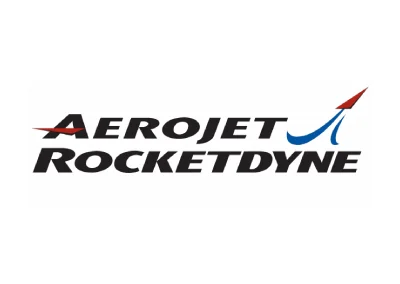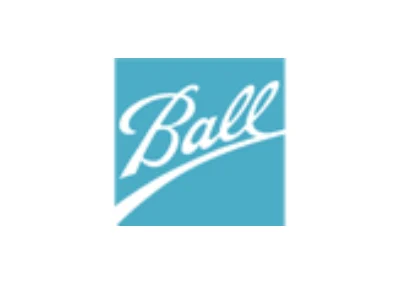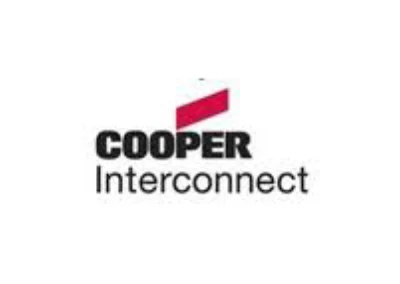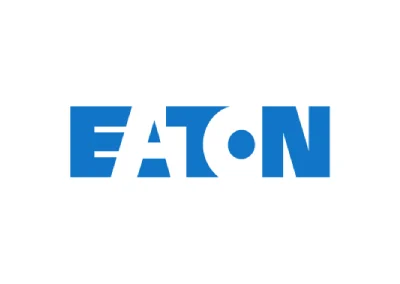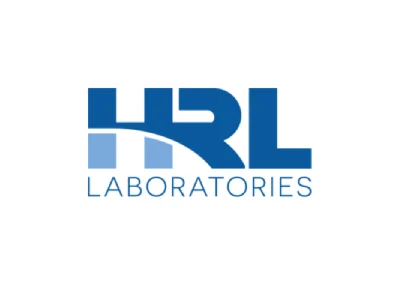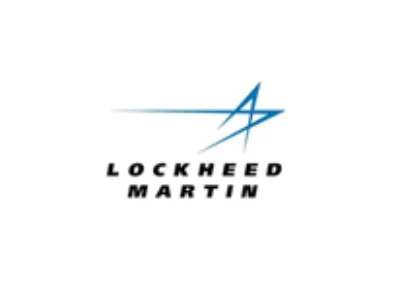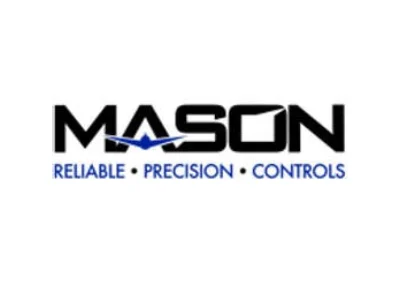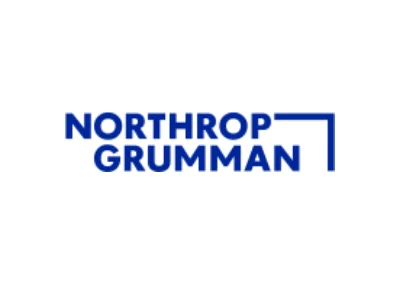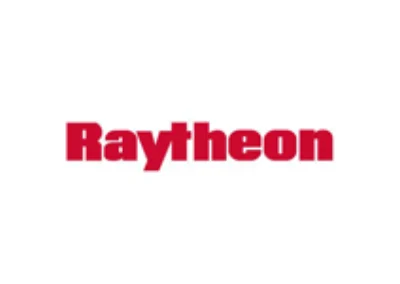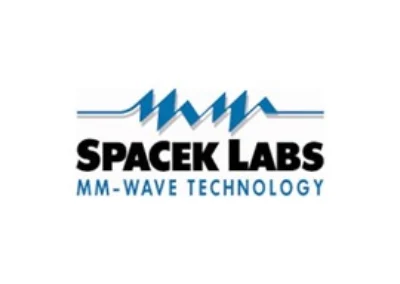Passivation
- Passivation is performed in accordance with ASTM A967, QQ-P-35, AMS 2700, ASTM A380 and ASTM F86, as well as, many other industry and customer-specific standards.
- Full in-house testing services certifies specification compliance including water immersion, high humidity, salt spray, copper sulfate, or potassium ferricyanide testing
Passivation improves the surface condition of stainless steel (or corrosion-resistance steel CRES) by dissolving the iron that is embedded in the surface by forming, machining, or other manufacturing steps. If allowed to remain the iron corrodes and often gives the appearance of large or small rust spots on the stainless steel. In order to prevent this condition on the finished parts, they are given a passivation treatment. This treatment, which consists of immersing the stainless steel parts in a solution of nitric acid for a specific period of time, will dissolve the embedded iron and restore the original corrosion-resistance surface by forming a thin transparent oxide film. Passivating is used as the cleaning operation for castings, stampings and finished machine parts by immersing the parts.
Passivation is performed in accordance with ASTM A967, QQ-P-35, AMS 2700, ASTM A380 and ASTM F86, as well as, many other industry and customer-specific standards.
Hudson Plating Works experience in Passivation services ensures our customers that the correct passivation type is selected to match the stainless steel alloy. Full in-house testing services certifies specification compliance including water immersion, high humidity, salt spray, copper sulfate, or potassium ferricyanide testing.

